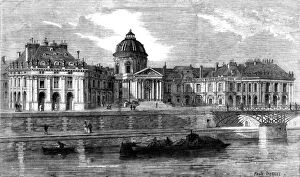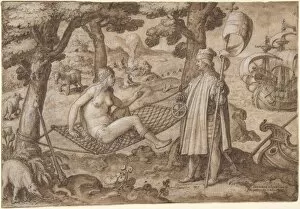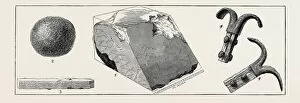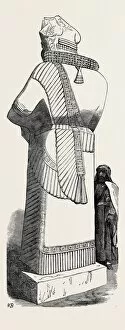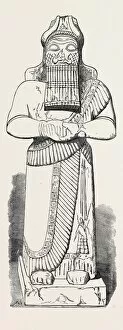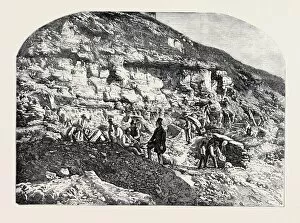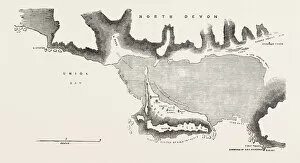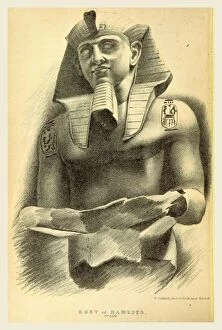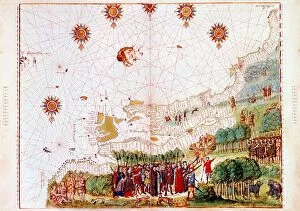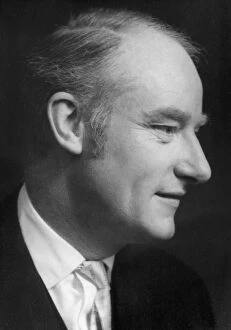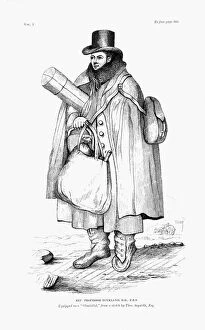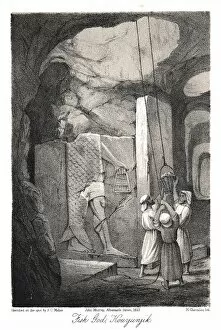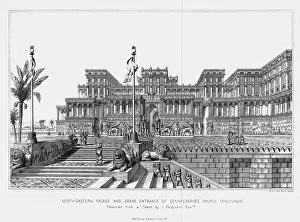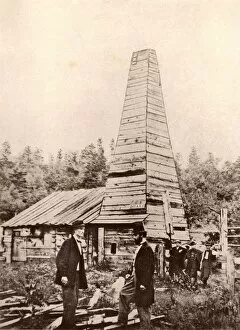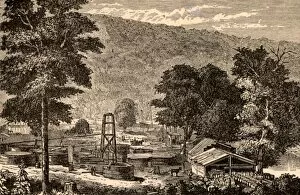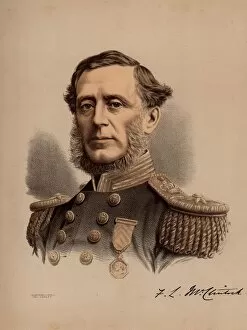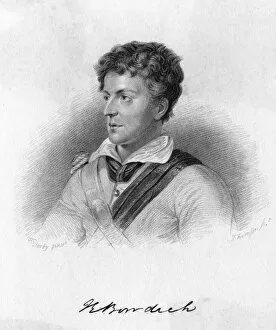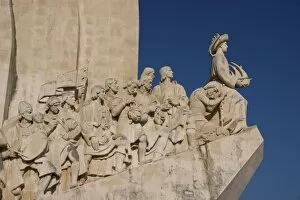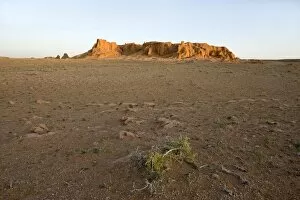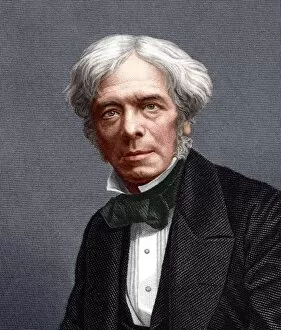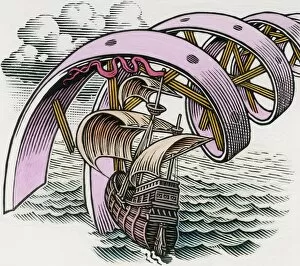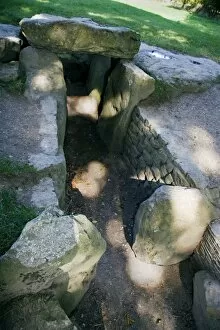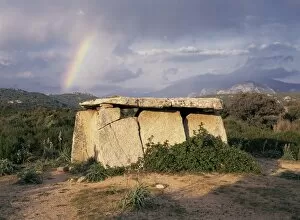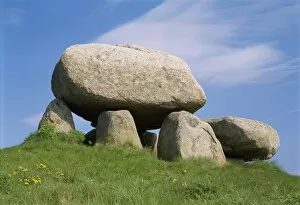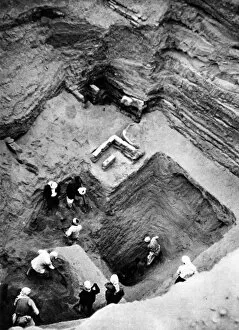Discoveries Collection (#9)
"Unveiling the Tapestry of Discoveries: From Ancient Art to Modern Marvels" Embarking on a journey through time
For sale as Licensed Images
Choose your image, Select your licence and Download the media
"Unveiling the Tapestry of Discoveries: From Ancient Art to Modern Marvels" Embarking on a journey through time, we delve into the realm that have shaped our understanding of the world. Science and satire intertwine as we uncover remarkable tales from various corners of history. In the depths of caves, where darkness once prevailed, vivid strokes etched by prehistoric hands reveal humanity's earliest artistic expressions. These cave art paintings serve as windows into our ancestors' minds, offering glimpses into their beliefs and daily lives. Fast forward to 1670 when John Overton crafted a masterpiece known as the Overton World Map. This intricate cartographic marvel showcased an evolving perception of Earth's geography and opened new horizons for exploration. Carlos Villoch's lens captures moments frozen in time, immortalizing archaeological wonders like the hollow head of the Sphinx in Egypt. Its enigmatic gaze whispers secrets yet to be unraveled by modern scholars. Venturing further back, we encounter Palaeanthropus of Palestine—a groundbreaking discovery shedding light on human evolution. The fossilized remains unearthed provide valuable insights into our ancient past and ignite curiosity about our origins. Revolutionary breakthroughs also emerge from scientific endeavors such as Stephen Gray's lecture on electricity discoveries. His pioneering work paved the way for harnessing this invisible force that now powers our modern world. Maps become gateways to uncharted territories; they hold stories within their lines. Maps depicting America in 1540 transport us back to a time when European explorers embarked on daring voyages across vast oceans, forever altering history's course. Egyptian dress designs by Vionnet pay homage to timeless elegance inspired by Tutankhamen himself—an emblematic figure whose tomb revealed treasures beyond imagination and sparked renewed fascination with ancient Egypt. Claude Bernard stands tall among pioneers who revolutionized medicine through rigorous experimentation and observation—his contributions shaping modern physiology and laying foundations for future medical breakthroughs.

